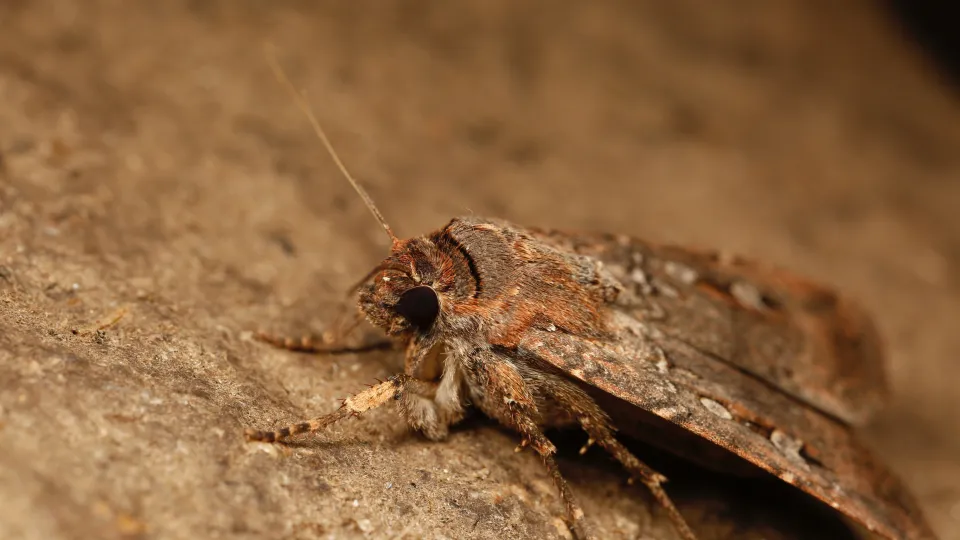Between 155 and 184 ospreys from the northern Europe are wintering in Portugal’s estuaries and wetlands, where food is abundant at this time of the year, concluded the third national census made last Saturday, 14th January, by 141 volunteers.
On Saturday, 141 people left their homes with their binoculars and telescopes and went to the estuaries, rivers, lagoons, reservoirs and wetlands from North to South of the country. Their mission was to look for ospreys (Pandion haliaetus) to learn how many spend the winter in Portugal and where.
In the third edition of this national census of ospreys, the volunteers counted between 155 and 184 birds, a slight increase compared to last year, when there were between 135 and 150.
“We can’t say whether these numbers mean that the wintering population of this species is increasing. There are not enough time series”, Gonçalo Elias, from the site Aves de Portugal and one of the census’ organizers, explained to Wilder.
According to Gonçalo Elias – who on Saturday was able to observe three to four ospreys in Sines, Santiago do Cacém and Ourique – the three areas with the most significant increases in relation to the 2016 census are Ria de Aveiro (between 23 and 29 birds), Ria Formosa (between 18 and 23) and the Alqueva reservoir (between 7 and 8), the latter with the highest birds’ concentration outside coastal areas.
But there are several factors to consider before concluding that today there are more ospreys wintering in Portugal. “For example, in Aveiro there were many people on the ground, there were 12 teams, and the tide was very low, that means that the birds were more concentrated. Now if there are really more birds there, I cannot say”, he explained.
Censuses for the wintering population of ospreys, birds that live in countries such as Germany and the United Kingdom, began in 2015, at the initiative of the Portuguese community of birdwatchers. “Before the censuses we thought that there would be at most 50 ospreys wintering in Portugal. There was an ignorance of the actual situation. These censuses were able to increase knowledge about the size and distribution of this wintering species. Today we know how many there are and where they are”, data relevant to the conservation of the species.
One of the conclusions is that almost all the wintering ospreys in Portugal are found in five districts: Aveiro, Lisbon, Santarém, Setúbal and Faro. Or in five crucial natural areas: Ria de Aveiro, Tagus Basin, Sado Estuary and Ria Formosa.
For Gonçalo Elias, this census was a success, especially for the number of people who participated, from North to South of the country. “We’ve prepared this census for two months, identifying and contacting the zone coordinators who, in turn, built the local teams. These managed to coordinate volunteers very well and distributed them by several points, “he added.
In general, the census organizers say they have achieved what they proposed to do, even though some small dams have remained uncovered. And even the Sado Estuary, a region that lacked volunteers in the days before the census, was well covered. “We got the volunteers needed for Sado, where 18 birds were counted. We managed to cover almost everything. ”
And to improve the effectiveness of the observations this year, boat trips were made in the Ria de Aveiro, in the Tagus River (from Santarém), in Alqueva and in the Ria Formosa.
Now it is necessary to know the results of the census carried out on the same day in Spain and in Morocco.
For the future, Gonçalo Elias says that there is “the intention to repeat the census” and strengthen the team in Alqueva’s reservoir. But future counts should not bring any big surprises. “At this stage we have achieved a degree of coverage of the country that allows us to say that very few birds have been left uncounted.”









